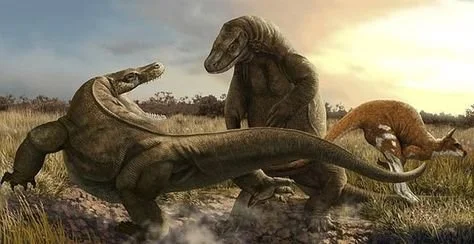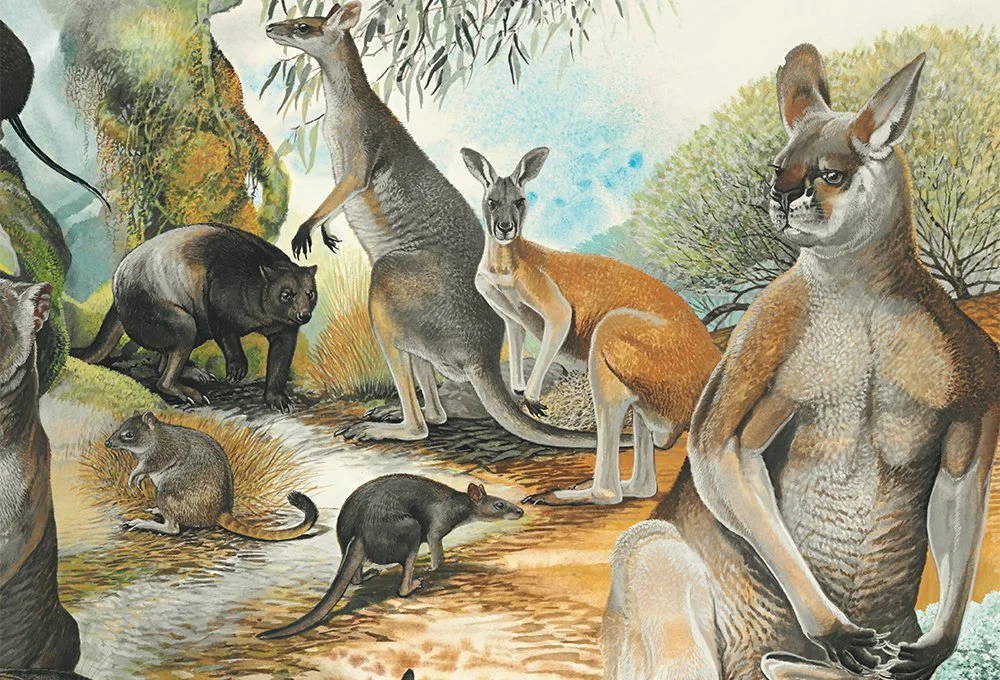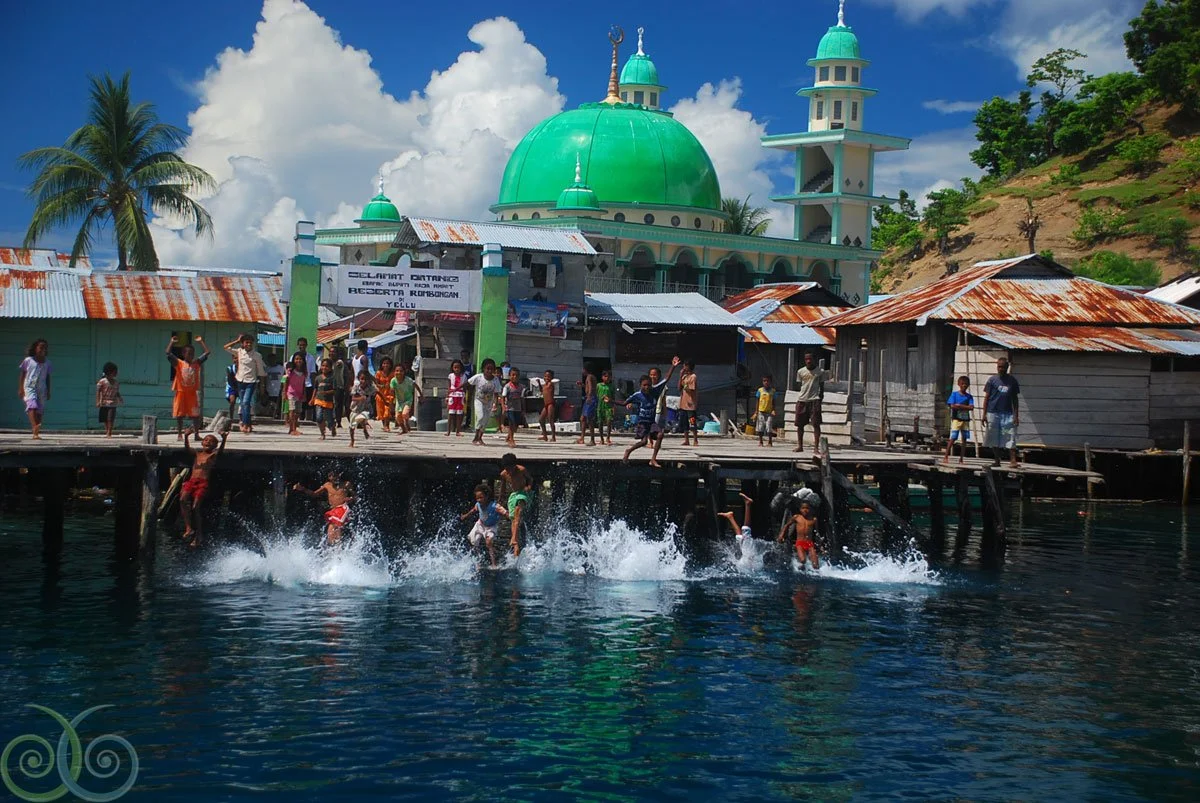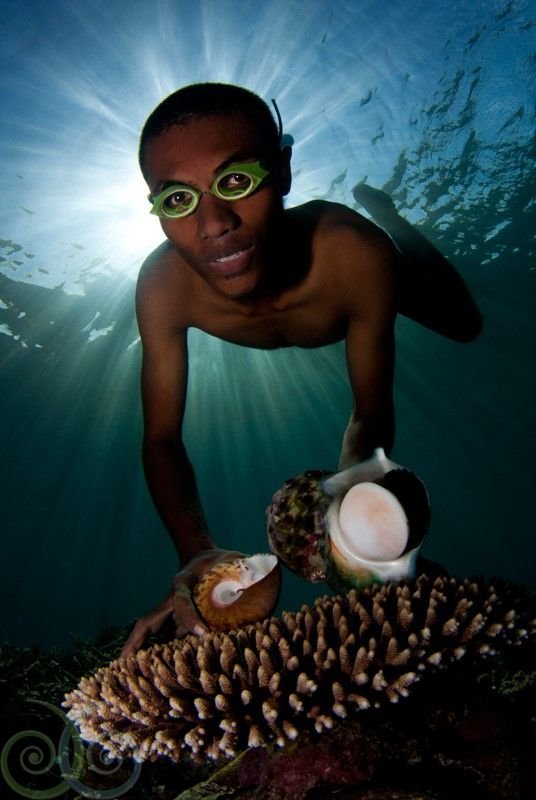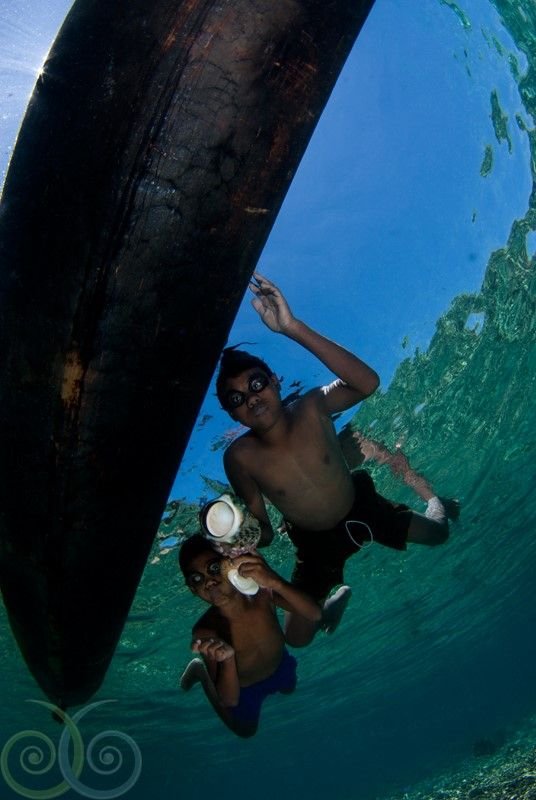earth day: a life on land special
Raja Ampat; mantas soar, reefs burst with fish and turtles mooch, feeding and nesting. But did you know that the unparalleled biodiversity of the marine world extends above the surface to the surrounding islands and coastline?
Here’s a taster of the fascinating treasures that you can uncover on land.
Misool: A Unique History
It often surprises people to discover that the South Misool area is biogeographically tied to the Australian continent rather than to Asia. During ice age glacial advances, sea levels were as much as 120 meters lower than present day levels. Much of what is today sea floor would have been exposed land, joining Misool into a massive prehistoric continent called Sahul. Until about 10,000 years ago, it would have been possible to walk on dry land from Misool, through New Guinea and Australia all the way to Tasmania.
The flora and fauna of Sahul can be differentiated from the Asian biogeographic region of Sunda, which includes the Malay Peninsula, Kalimantan, Sumatra, Java, and Bali. There has never been a landbridge between Sunda and Sahul. Asian fauna such as monkeys, tigers, tapirs, and elephants are not endemic to this region. Instead, eucalypts and marsupials reign in these forests.
Human habitation of Sahul dates back at least 65,000 years. Recent studies have suggested that most likely route of human migration from Sunda to Sahul was through Kalimantan to Sulawesi, and then hopping between a series of smaller islands. Because these two prehistoric continents were never connected by land, this migration is the earliest indirect evidence for sea faring by early modern humans anywhere in the world. It is believed that our human ancestors first landed on Sahul through Misool.
Upon arrival to Sahul, our ancestors would have encountered many curious Pleistocene megafauna that are now extinct, including two-meter high kangaroos (Procoptodon), four-meter long monitor lizards (Megalania), and rhinoceros-sized proto-wombat (Diprotodon). These creatures became extinct about 35,000 years ago, most likely due to a combination of overhunting by humans and climate change.
Lowland forests dominate the terrestrial landscape in Misool. These forests can be found from 0–1000m above sea level and take root on the karst sediment. Sago swamps are found in the lower land and are dominated by Sago palm (Metroxylon sagu). Historically sago was the main source of carbohydrates for the people of Eastern Indonesia, including Papua and Maluku (unlike the rest of Indonesia where it is rice). Small karst hills and slopes emerge from the ocean creating the iconic backdrops for which Raja Ampat is famous.
The People of Misool
The population of Misool is just over 5,000 people. The interior of the island is now largely uninhabited, and traditional villages dot the coastline as well as small offshore islands. The indigenous people often describe themselves as belonging to one of two groups: Matbat, or people of the land, or Matlow, people of the sea. This distinction describes a suite of socio-cultural differences.
Until the middle of the 20th century, the Matbat inhabited the interior of the big island of Misool. Their migration to coastal villages is associated with their adoption of Christianity following missionary activity in the region, as well as the influence of colonial Dutch and later Indonesian authorities. Until this move, their contact with people outside of Raja Ampat was minimal. Their main economic activity has traditionally been the production of sago, both for their own consumption and for trading with their Matlow neighbors for fish. This relationship explains at least in part why Matbat and Matlow villages are often located so close to each other. The Matbat speak their own language, called Bahasa Matbat.
The Matlow have traditionally inhabited coastal villages and small islands, and their main economic activity is fishing and collecting sea creatures such as molluscs and sea cucumbers. These goods are for their own consumption and also for trade with their neighbours. They have lived in these areas since prehistoric times and have an extensive history of trade with the Moluccas. Until Dutch colonisation, the Matlow were subjects of the North Moluccan Sultanate of Tidore for about 400 years. The Matlow are Muslim and speak Bahasa Ma’ya.
However you choose to explore this exceptional part of the world, your eyes will be opened and your mind engaged by its flora, fauna and history. To find out about staying at Misool Resort, you can send a request to our Reservations Team.



